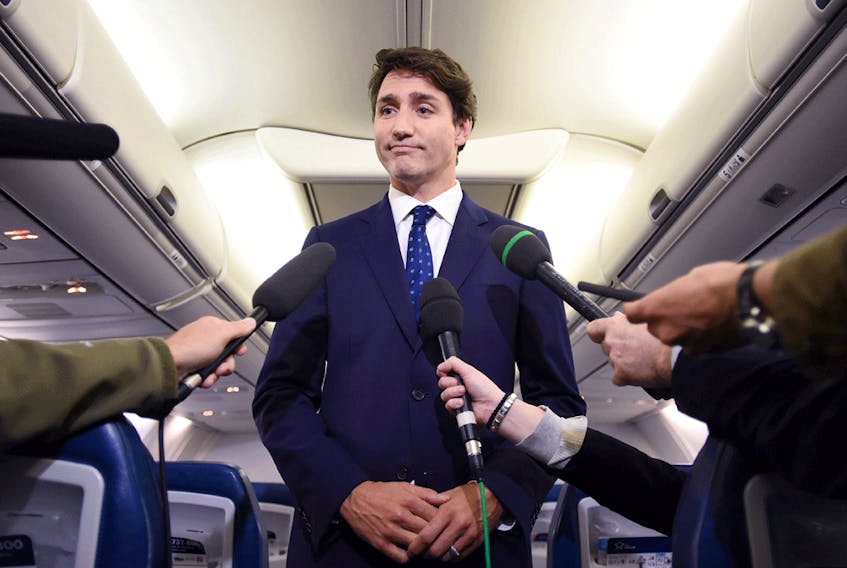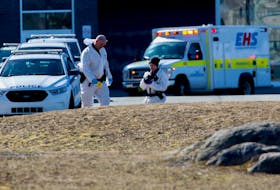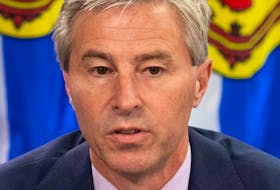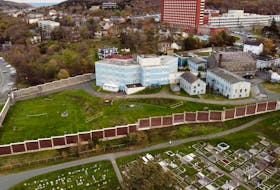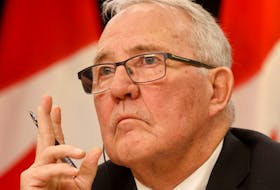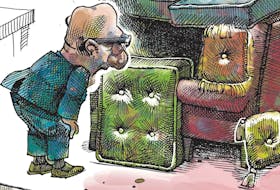We’re into the final two weeks of the federal election and general polling day, Monday, Oct. 21, is fast approaching. And we have been witnessing two very close races amongst two different sets of national parties. There are also some very interesting regional races to watch.

The first national race is between the Liberals and the Conservatives. These are the two oldest parties in Canadian political history, each having roots predating Confederation and, like it or not, no other federal party other than these two has ever formed a national government in Ottawa. (The Unionist government of 1917-18 was an amalgamation of then prime minister Borden’s Conservatives with English-Canadian Liberals supportive of Borden’s conscription policy, but I digress).
Over the past month national polling has consistently shown these two parties running neck and neck, with most recent aggregate data showing the Conservatives with the support of 34.5 per cent of respondents polled, with the Liberals having the support of 33.4 per cent of respondents. With a survey margin of error of some 4 per cent this means that both of these parties are effectively tied with each having the support of around one-third of Canadians.
The other national race is for the hearts and minds of Canadian progressives. Here, the players are the NDP and the Greens, with polling for the New Democrats showing them with the support of 13.5 per cent of respondents, but with the Greens running a close second with 10 per cent support nationally. These numbers combined suggest that around one quarter of Canadians are profoundly disappointed in the policies and leadership of the two mainstream parties and are looking for a progressive option.
As I mentioned in my last article here, these types of voting-intention numbers, if they hold until Oct. 21, will result in a hung parliament with no one party winning a majority of seats in the federal House of Commons. But the party that has the best chance to come first, with the greatest number of seats, is the Liberal party led by Justin Trudeau.
Why the Liberals have the greater advantage over the Conservatives with respect to seat totals (and seat totals, not the popular vote number, is what decides parliamentary elections) is the regional breakdown of the election. Simply put, the Liberals are running significantly ahead of the Conservatives in the seat-rich provinces of Ontario and Quebec.
In contrast, the Conservatives are polling strongly in the West, especially Alberta. But Alberta only has 34 seats, every one of which will likely go the Conservatives. Where the Conservatives need to grow is in Ontario and Quebec. But this is easier said than done.
" ... it takes 170 seats to sustain a government, so the Liberals, right now, are looking to be the closest to this achievement ..." — David Johnson, Political Insights
Note that Toronto has as many seats in the House of Commons as all of Atlantic Canada and that Quebec has more seats than all of the Prairie provinces combined. There is nothing sinister here; this is just the practical effect of Representation by Population. The Liberals are also running well ahead of the Conservatives in Atlantic Canada.
If the Liberals hold this polling strength in Ontario, Quebec, and Atlantic Canada, while doing decently in British Columbia, current seat projections suggest they could win 159 seats in the House of Commons. These projections show the Conservatives coming second with 139 seats, the Bloc Quebecois third with 19 seats, the NDP fourth with 15 and the Greens fifth with four or five seats.
In the 338-seat federal House of Commons, it takes 170 seats to sustain a government, so the Liberals, right now, are looking to be the closest to this achievement. And if these numbers play out on Election Night, a Liberal minority government would be looking to two of the smaller parties to support it on certain policy matters. And these smaller parties would be the NDP and the Bloc Quebecois. Only they would have the seat totals the Liberals need to sustain a Trudeau minority government. The Greens would find themselves out in the cold.
But could the Liberals win a majority? They are close. But here we have to see whether the brownface/blackface/Battiste/SNC Lavalin/Jody Wilson-Raybould/Indigenous resentments/ethical violations/electoral reform repudiation issues hurt the Liberals at the polls. We could be in for a long election night.
Dr. David Johnson, Ph.D., teaches Political Science at Cape Breton University. He can be reached at [email protected]
RELATED:

